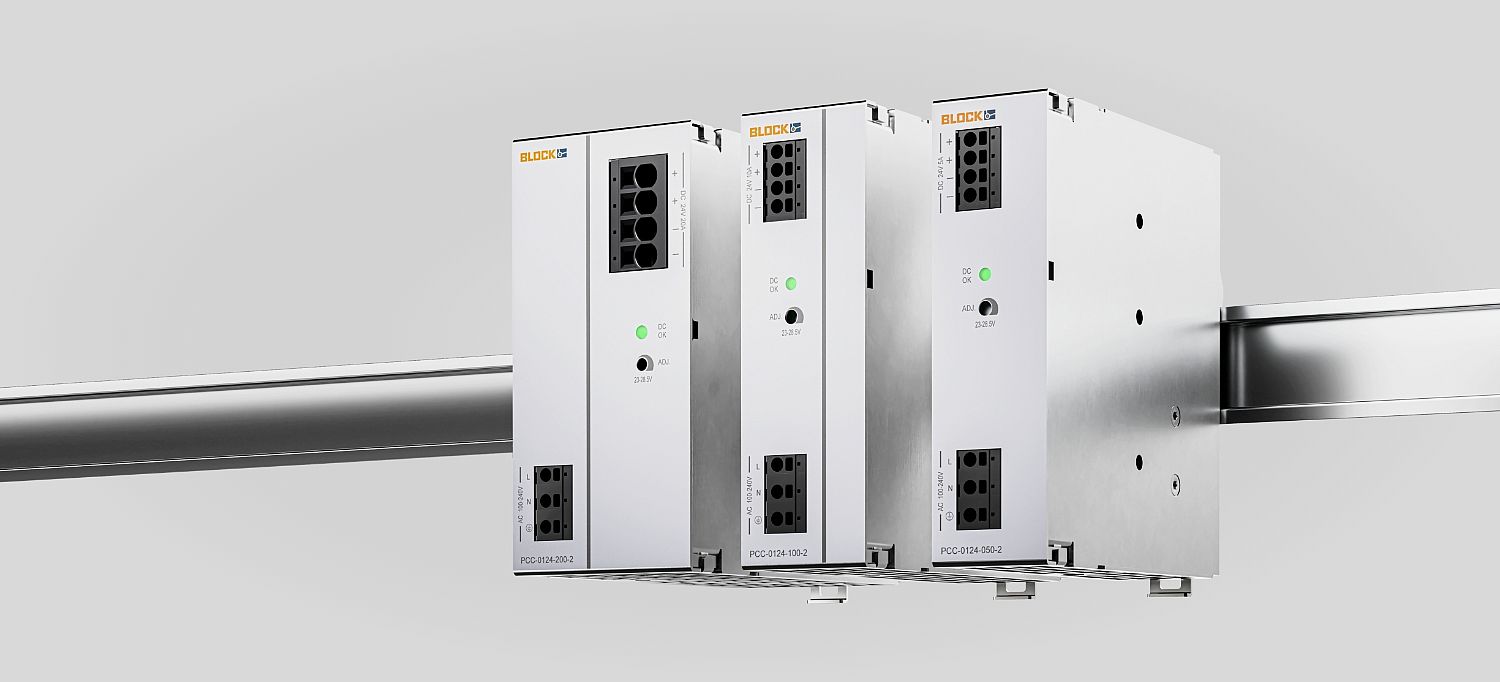The week's pick
Random Articles
Reseach Article
Improved Grid Connected PV System based on SVPWM Inverter and using P-V Optimal Slope MPPT Technique
| International Journal of Applied Information Systems |
| Foundation of Computer Science (FCS), NY, USA |
| Volume 10 - Number 1 |
| Year of Publication: 2015 |
| Authors: Tarek Oukhoya, Abdelhalim Sandali, Ahmed Cheriti |
 10.5120/ijais2015451457
10.5120/ijais2015451457
|
Tarek Oukhoya, Abdelhalim Sandali, Ahmed Cheriti . Improved Grid Connected PV System based on SVPWM Inverter and using P-V Optimal Slope MPPT Technique. International Journal of Applied Information Systems. 10, 1 ( November 2015), 18-24. DOI=10.5120/ijais2015451457
Abstract
This work proposes a Grid-Connected Photovoltaic Generation System (PV-GCGS) with a new and simple Maximum Power Point Tracking (MPPT). The system is composed of two stages: the short circuit current sensor stage and the dc-ac conversion stage that is a three phase Voltage Source Inverter (VSI) with space vector modulation (SVPWM) technique. The adopted MPPT technique calculates the phase angle between the inverter voltage and grid voltage to determine the optimal slope of the power load line which corresponds to the Maximum Power Point (MPP) of PV generator. The whole components of the adopted PV-GCGS (Cdc conductance, Lf leakage inductance of transformer, transformer ratio and SVPWM characteristics) are designed to meet the constraints of performance and grid integration. A closed-loop controller is proposed to regulate the inverter voltage amplitude to be equal to the grid voltage in order to minimize the reactive power consumed by the transformer leakage reactance. The results are validated by simulation in the Matlab-Simulink environment.
References
- World energy outlook 2013” Available on line at www.iea.org
- “An Assessment of Solar Energy Conversion Technologies and Research Opportunities” (PDF), Stanford University – Global Climate Change & Energy Project. Retrieved 2 July 2008.
- Xiao, Weidong, Elnosh, Ammar, Khadkikar, Vinod, Zeineldin, Hatem H.; “Overview of maximum power point tracking technologies for photovoltaic power systems”, IECON 2011 - 37th Annual Conference on IEEE Industrial Electronics Society, 2011 , pp: 3900 – 3905
- BidyadharSubudhi, Raseswari Pradhan; “A Comparative Study on Maximum Power Point Tracking Techniques for Photovoltaic Power Systems”;Sustainable Energy, IEEE transactions on; Vol. 4, No 1; 2013, pp. 89-98
- Tsai-Fu Wu; Chih-Hao Chang; Li-Chiun Lin; Chia-Ling Kuo. “Power Loss Comparison of Single- and Two-Stage Grid-Connected Photovoltaic Systems”, IEEE Transactions on Energy Conversion, Volume: 26 , Issue: 2 2011 , pp: 707 – 715.
- Hanju Cha; Trung-Kien Vu; “Comparative analysis of low-pass output filter for single-phase grid-connected Photovoltaic inverter”, Applied Power Electronics Conference and Exposition (APEC), 2010 Twenty- Fifth Annual IEEE; 2010, pp: 1659 - 1665
- Esram, T., Chapman, P.L., “Comparison of Photovoltaic Array Maximum Power Point Tracking Techniques”, Energy Conversion, IEEE Transactions on; Volume 22; Issue 2; 2007; pp. 439 – 449
- T. Nogushi, S. Togachi, R. Nakamoto,”Short-current pulse-based maximum-power-point-tracking method for multiple photovoltaic and converter module
- A. Sandali, T. Oukhoya, A. Cheriti,” Simple and fast Maximum Power Point Tracking for grid connected photovoltaic systems”, IEEE 14th Workshop on Control and Modeling for Power Electronics (COMPEL), 2013, June 23 – 26, Salt Lake City, Utah, USA
- A. Sandali, T. Oukhoya, A. Cheriti,” Modeling and Design of PV Grid Connected System Using a Modified Fractional Short-Circuit Current MPPT”, IEEE 14th Workshop on Control and Modeling for Power Electronics (IRSEC), 17 – 19 October 2014, Ouarzazate, Maroc
- N. Mohan, T. M. Undeland, W. P. Robbins, “Power Electronics Converters, Applications and Design”, 3th ed, John Wiley & sons
- H. Rashid, “Power Electronics Handbook”, 3th edition.
- Dash, P.P, Kazerani, M, “Dynamic Modeling and Performance Analysis of a Grid-Connected Current-Source Inverter-Based Photovoltaic System”
Index Terms
Keywords

